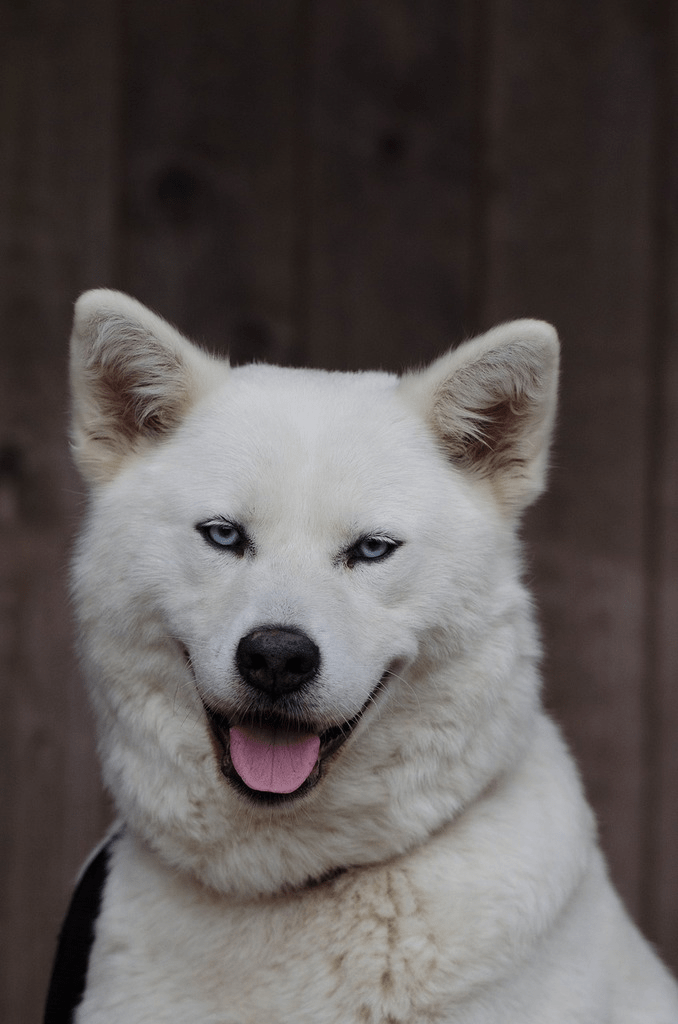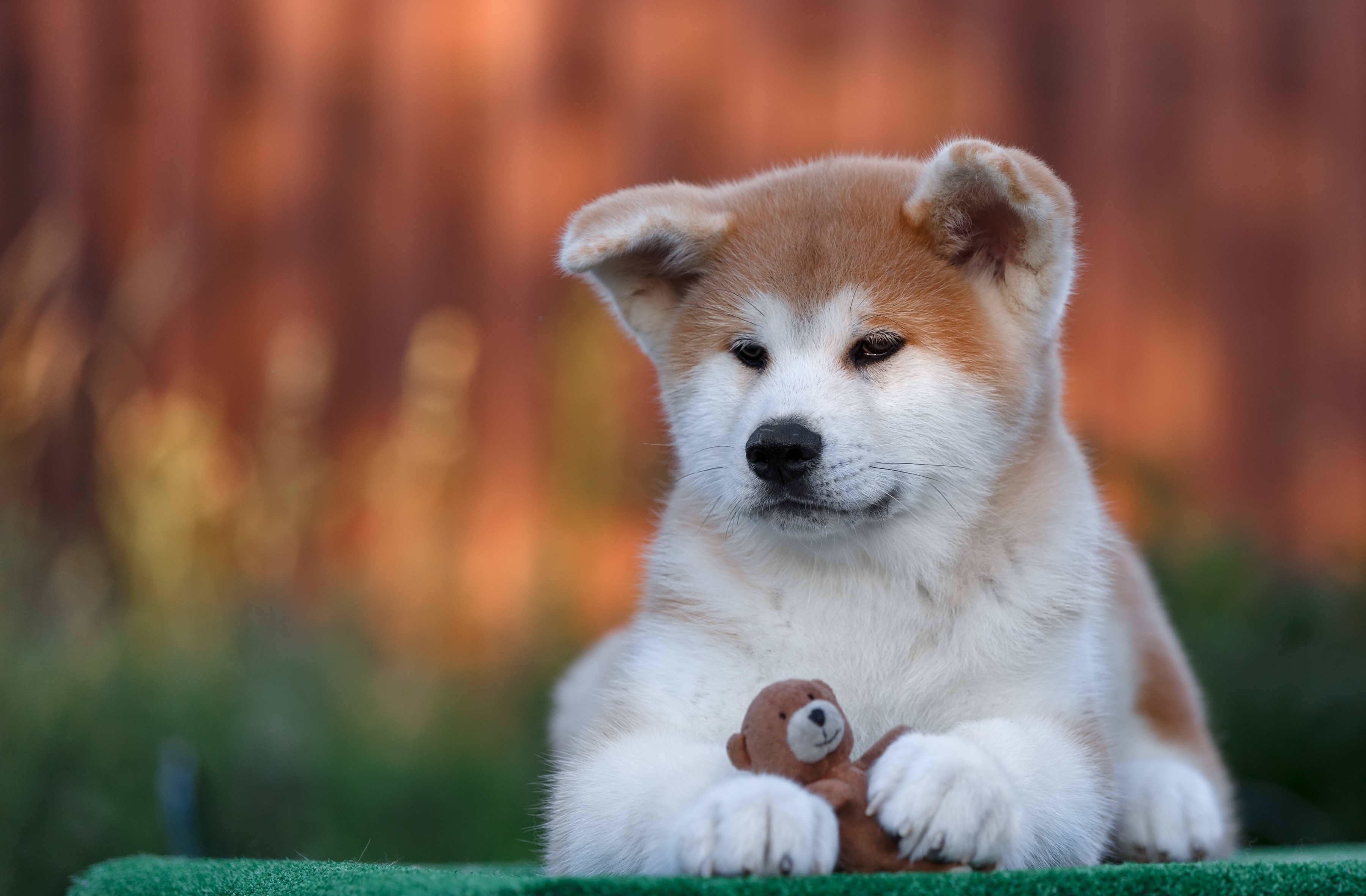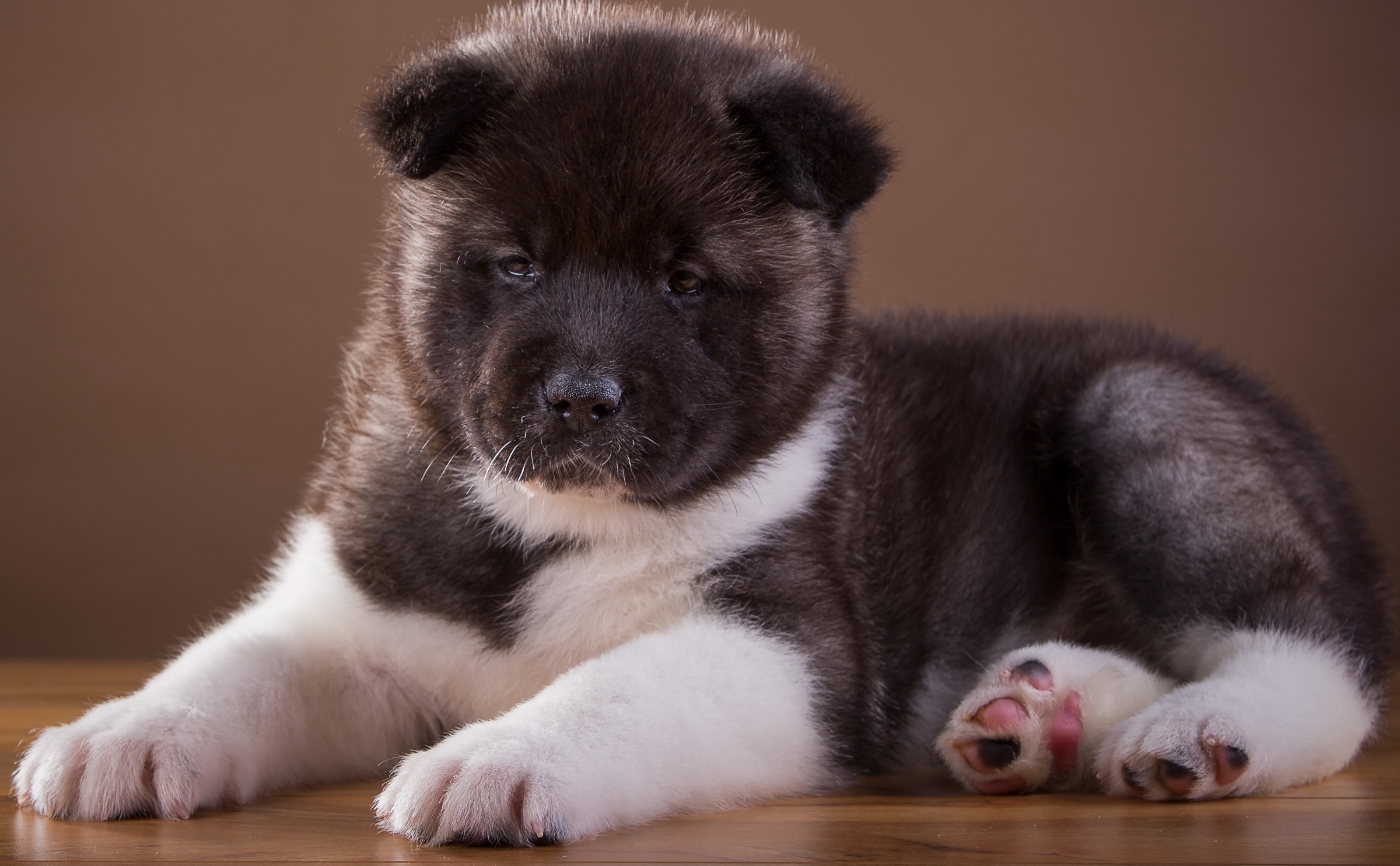Akitas stand as a majestic breed, originating from the rugged terrains of Japan, where they were revered by samurais for their loyalty and bravery. These impressive dogs are not just about a striking appearance; their history is deeply interwoven with Japanese culture, symbolizing good health, happiness, and long life. Today, Akitas have found their way into the hearts and homes around the globe, admired for their dignified demeanor and profound loyalty to their families. If you’re captivated by these noble canines or considering bringing one into your life, understanding their rich background and unique characteristics is essential. This guide aims to provide an insightful look into the world of Akitas, shedding light on what makes them such remarkable companions.
Key Takeaways
- Akitas are a loyal and courageous breed, making them excellent family pets for those who understand their unique needs.
- Regular vet check-ups and a proper diet are crucial for an Akita’s health, given their predisposition to certain genetic conditions.
- Akitas require a dedicated space in your home and consistent training to thrive, highlighting the importance of understanding breed-specific living conditions.
- When considering adding an Akita to your family, seeking advice from reputable breeders or adoption centers is key to ensuring a healthy and well-socialized dog.
- Akitas have specific grooming and exercise needs that must be met to maintain their physical and mental health.
- Engaging with the Akita community, through clubs or online forums, can provide valuable support and advice for both new and experienced owners.
Breed Overview
History
The Akita, a powerful dog breed, traces its origins to Japan. They were highly esteemed by royalty and nobility, serving as both companions and protectors. Initially bred for hunting, Akitas were skilled in tracking and subduing game such as wild boar and deer.
Historical figures, including Helen Keller and the Japanese Emperor, played significant roles in introducing the Akita to the world. The story of Hachiko, an Akita who waited for his deceased owner at a train station for years, further cemented their reputation for loyalty. This breed’s journey from hunters to beloved pets is a testament to their adaptability and enduring appeal.
Physical Characteristics
Akitas are among the largest dog breeds, with males often tipping the scales at over 100 pounds. Their bear-like head, deep chest, and muscular build make them instantly recognizable. The breed boasts a thick double coat that can appear in various colors, providing insulation against harsh weather.
Their physical structure is well-adapted for cold climates. Features like webbed paws for walking on snow demonstrate their evolutionary background. These characteristics not only contribute to their striking appearance but also highlight their resilience and strength.
Personality and Temperament
Known for their unwavering loyalty, Akitas form deep bonds with their families. They exhibit a protective nature that makes them excellent watchdogs. However, they tend to be reserved around strangers and may display aggressive tendencies if not properly socialized.
Akitas possess a high level of intelligence coupled with an independent streak. This combination makes them both challenging and rewarding to train. Owners need patience and consistency to harness these traits effectively.

Health And Care
Common Health Issues
Akitas face several hereditary health conditions. Hip dysplasia and hypothyroidism are common in the breed. Owners should be vigilant for signs of these issues. Bloat is another serious risk for Akitas. This condition can be life-threatening if not treated quickly. Regular veterinary check-ups are crucial. They help monitor the Akita’s health closely.
Dietary Needs
Akitas need high-quality, protein-rich food. This supports their muscular build and high energy levels. Portion control and a regular feeding schedule are important to prevent obesity. To reduce the risk of hip dysplasia, consider adding joint supplements to their diet.
Exercise Requirements
Daily exercise is vital for an Akita’s health and happiness. Activities like long walks or hikes suit them well. Playtime in a securely fenced area is also good. However, owners should avoid overexertion in hot weather due to the Akita’s thick coat.
Grooming
Regular brushing is essential for an Akita’s coat health, especially during their twice-yearly shedding periods. Seasonal grooming needs increase during these “blowout” periods. Routine ear cleaning, nail trimming, and dental care keep common health issues at bay.
Living with an Akita
Training and Socialization
Early socialization is crucial for Akitas. It helps curb their natural wariness of strangers and prevents aggression. Owners should introduce their Akita to various people, animals, and environments while they are still young. This exposure makes them well-adjusted family members.
Positive reinforcement techniques work best for training this intelligent but willful breed. Rewards like treats and praise make learning enjoyable for the Akita. They respond well to this kindness.
Obedience training is beneficial too. It establishes clear communication and boundaries between the dog and its owner. This type of training makes living with an Akita smoother and more enjoyable for everyone involved.
Environment
Akitas do best in homes with yards but can adapt to apartment living. The key is meeting their exercise needs daily. Without enough activity, they become bored and may turn destructive.
Leaving an Akita alone for long periods isn’t wise. They thrive on interaction and can develop unwanted behaviors if neglected. Also, a secure, fenced outdoor space is essential to prevent them from wandering off. Their strong prey drive means they might chase after smaller animals if given the chance.
Activities They Enjoy
Akitas enjoy several activities that cater to their strengths. Agility training, tracking, and obedience competitions are great outlets for their energy and intelligence. These activities also strengthen the bond between the dog and its owner.
Interactive play sessions are another way to stimulate both their mind and body. Toys that challenge them mentally are especially good choices.
Outdoor adventures like hiking suit the Akita’s love for exploration perfectly. They are sturdy dogs who enjoy being active outdoors, making them excellent companions on trails.
Breeder Advice and Adoption
Choosing a Breeder
When you decide to welcome an Akita puppy into your home, finding a reputable breeder is crucial. These breeders should conduct thorough health screenings and offer health guarantees for their puppies. This ensures that the Akita puppies are healthy and free from genetic diseases common to the breed.
It’s also wise to ask for references from past customers and make a visit to the breeding facility. This visit allows you to see the conditions in which the dogs are raised and get a sense of the temperament of the parent dogs. Observing the environment firsthand can provide insight into how your future pet is being cared for before they join your family.
Choosing a breeder who is deeply knowledgeable about Akitas, including both American Akitas and those originating from Akita Prefecture in Japan, is important. A good breeder will be committed not just to breeding for physical traits but also for sound health and temperament. They should be able to answer all your questions about caring for your first Akita and help you understand what makes this breed unique.
Adoption
Adopting an Akita offers a valuable opportunity to give a second chance to an adult dog in need. Rescue organizations often have both American Akitas and those with lineage tracing back to Japan, waiting for new homes. The benefits of adoption extend beyond saving a life; it can also be a more affordable option than purchasing a puppy from a breeder.
Before adopting, assess the Akita’s temperament and health status carefully. Many rescued Akitas may have experienced trauma or neglect, affecting their behavior and health. Prospective owners should prepare themselves for the possibility of needing patience and training to integrate an adopted Akita into their home successfully.
Adopting requires significant commitment but can be incredibly rewarding. It’s essential to consider whether you’re ready for the challenges and joys of bringing an adopted Akita into your family. Remember, these dogs may need extra time to adjust but offering them a loving home can transform their lives—and yours.
Misc.
Popular Names
Akita dogs, with their bold presence and noble heritage, inspire a variety of names. Kuma, Yuki, and Hiro reflect their Japanese roots. These names not only honor the breed’s origin but also its spirit.
Bear, Noble, and Guardian are inspired by the Akita’s characteristics. They capture the breed’s protective nature and physical prowess. Hachiko represents loyalty and devotion. This name is a tribute to the most famous Akita who waited for his owner every day at Shibuya Station in Tokyo.
Fun Facts
Hachiko’s story showcases the Akita’s unwavering loyalty. This tale has touched hearts worldwide. Akitas have webbed toes which make them excellent in snow. Their ability to navigate through winter landscapes is unmatched.
In Japanese culture, Akitas symbolize good health, happiness, and long life. They are more than pets; they are bearers of positive energy and well-being.
Common Myths
Akitas are often misunderstood as inherently aggressive. Training and socialization play crucial roles in shaping their behavior. With proper guidance, they show remarkable gentleness.
The idea that Akitas cannot thrive in warm climates is false. They adapt well with appropriate care and attention to their needs. Similarly, the belief that Akitas do not fare well with children is misleading. Raised together, they become loving family members, proving that environment and upbringing influence their compatibility with kids.
Most Similar Breed
The Shiba Inu shares visual traits with the Akita but differs significantly in size. Both breeds exhibit a strong sense of independence and loyalty towards their families.
Comparing Akitas to Alaskan Malamutes reveals similarities in temperament such as independence and loyalty. However, their physical attributes and origins distinguish them from each other.
Akitas and Siberian Huskies share ancestral traits like thick double coats designed for cold weather resilience. Despite these shared characteristics, each breed brings its unique qualities to the table.
Top Dog Grooming Tools (Click Here)
Closing Thoughts
Akitas are more than just pets; they’re loyal companions that bring joy and energy into your lives. From their rich history to their unique care needs, understanding these majestic dogs ensures a fulfilling bond. You’ve learned about their health, living conditions, and where to find one that may soon become a cherished member of your family. Remember, choosing an Akita means committing to their well-being and happiness.
Now’s the time to take the next step. If an Akita seems like the perfect fit for your home, reach out to reputable breeders or adoption centers. Dive into the rewarding journey of Akita ownership and experience the unparalleled loyalty and affection these remarkable dogs offer. Your adventure with an Akita starts here.
Frequently Asked Questions
What is the general temperament of an Akita?
Akitas are known for their loyalty and affection towards their family. They tend to be reserved with strangers and can be protective, making early socialization crucial.
How long do Akitas typically live?
Akitas have a life expectancy of 10 to 15 years. Proper care, diet, and regular veterinary check-ups can help ensure they live a full, healthy life.
What are the main health concerns for Akitas?
The primary health issues include hip dysplasia, hypothyroidism, and progressive retinal atrophy. Regular vet visits are essential for early detection and management.
Can Akitas adapt well to apartment living?
Akitas can adapt to apartment living if they receive sufficient daily exercise. They’re relatively inactive indoors but need regular walks or a yard to roam.
What advice do breeders give about choosing an Akita puppy?
Breeders recommend looking for a reputable breeder who conducts health screenings on their breeding dogs. It’s important to meet the puppy’s parents and observe the litter’s environment for signs of good health and socialization.
Are Akitas good with children?
With proper training and socialization, Akitas can be good with children. They are loyal and protective but should always be supervised around young kids due to their size and strength.
How often should you groom an Akita?
Akitas require regular grooming due to their thick double coat. Weekly brushing is recommended to reduce shedding and keep their coat healthy, with more frequent grooming needed during shedding seasons.








0 Comments